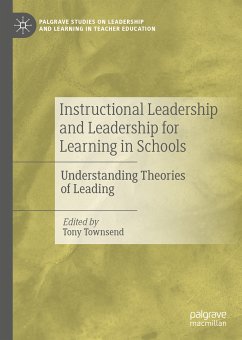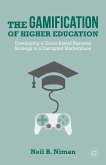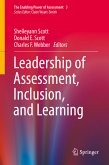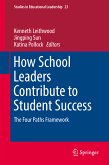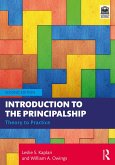This book offers a nuanced understanding of how two different theories of leadership can be applied to achieve better results within schools. These leadership theories - Instructional Leadership and Leadership for Learning - have assisted our recent understanding of school leadership. This book interrogates the theories themselves as well as their impact on education systems around the world. It also looks at how they can be practically applied to educate school leaders within their schools and beyond, building partnerships with families, schools and other community agencies serving students. In doing so, the book considers the possibility that these theories are not opposed, but two sides of the same coin. Both are underpinned by the question 'how do we provide the best educational experience for students?'. The answer to this question will determine the way leaders go about the task of leading schools. This important book will be of interest and value to students and scholars of educational leadership, as well as educational leaders themselves.
Dieser Download kann aus rechtlichen Gründen nur mit Rechnungsadresse in A, B, BG, CY, CZ, D, DK, EW, E, FIN, F, GR, HR, H, IRL, I, LT, L, LR, M, NL, PL, P, R, S, SLO, SK ausgeliefert werden.

